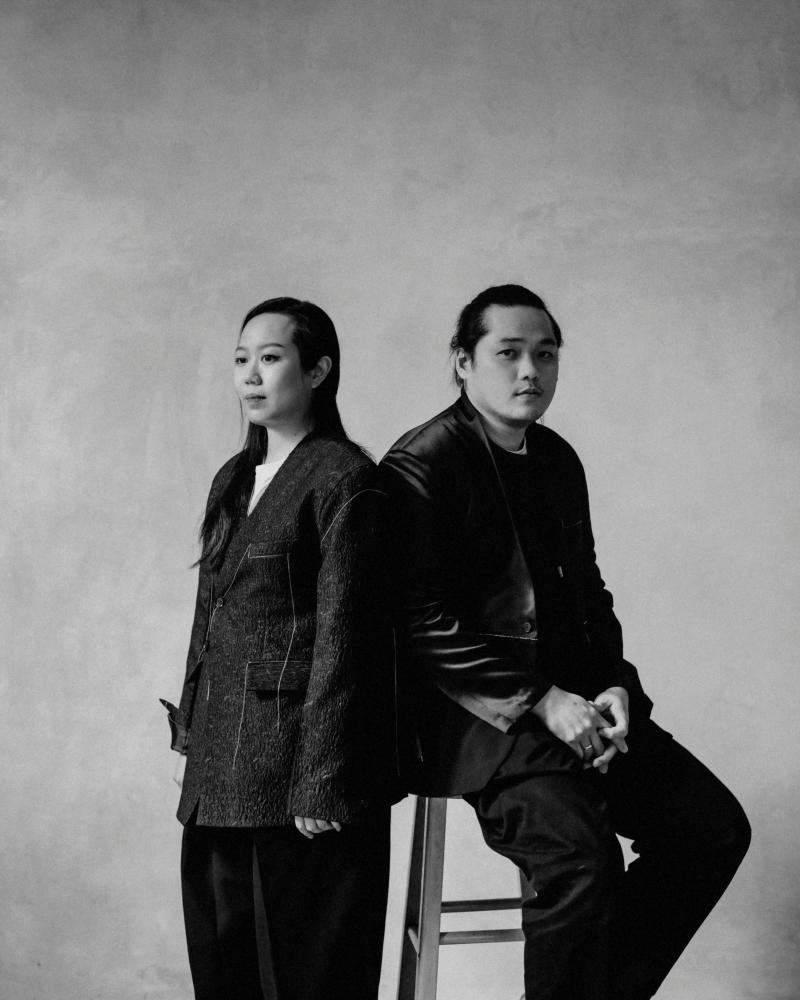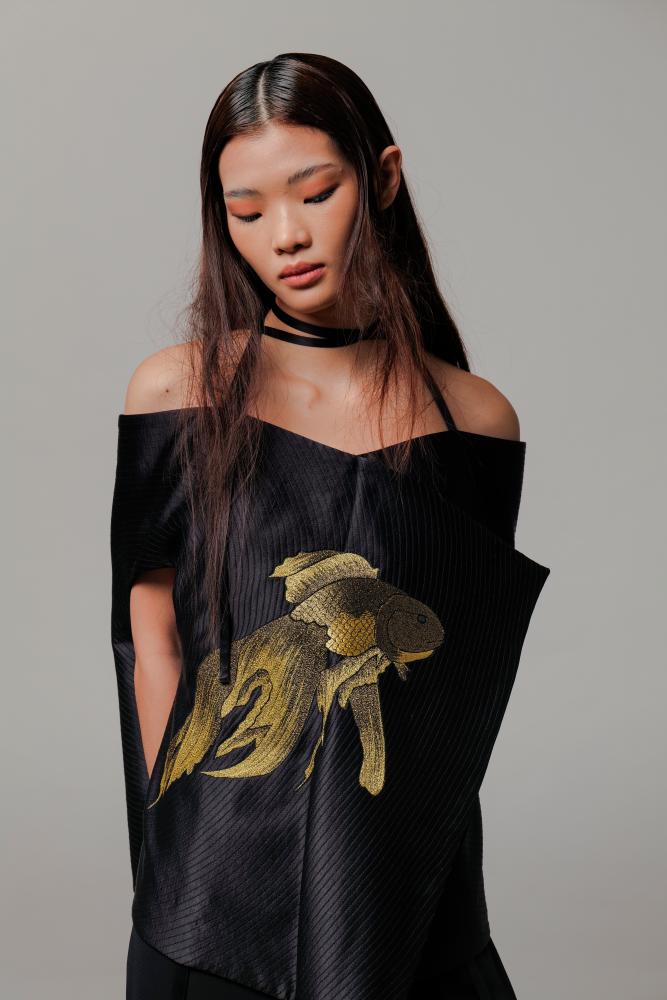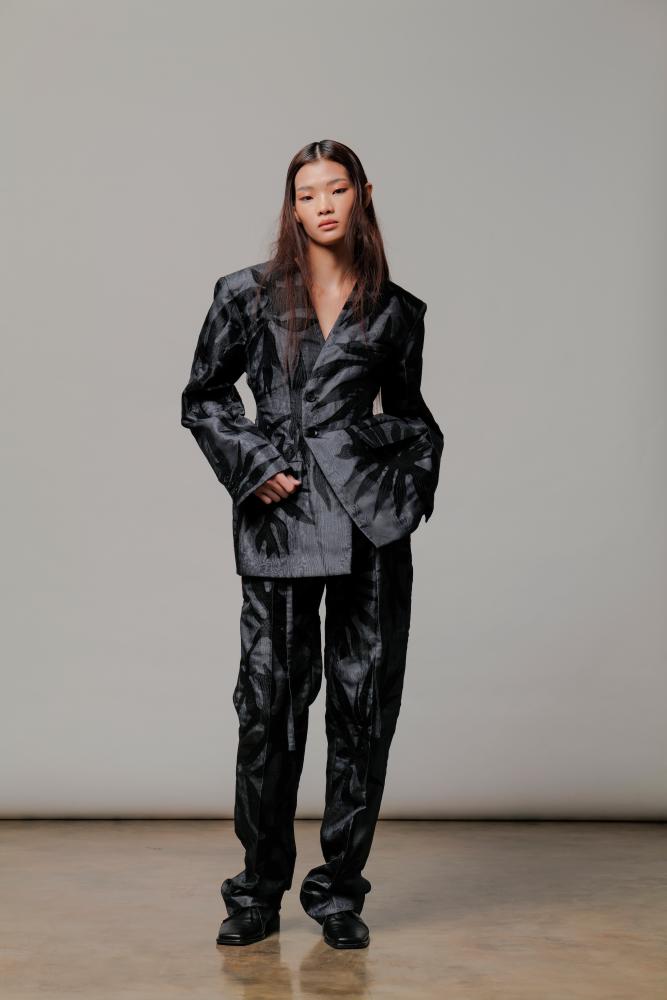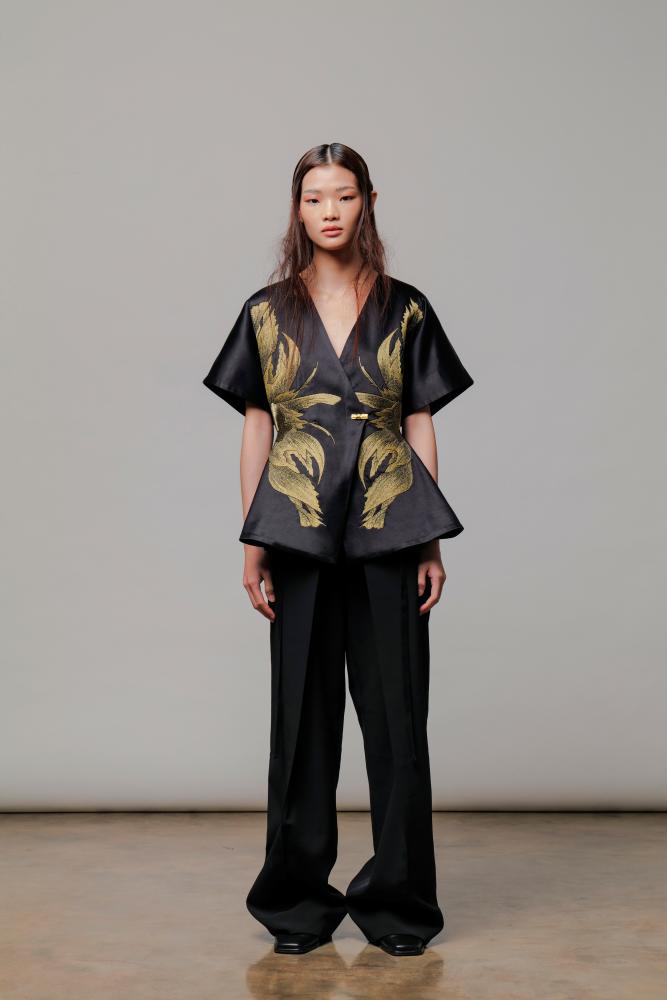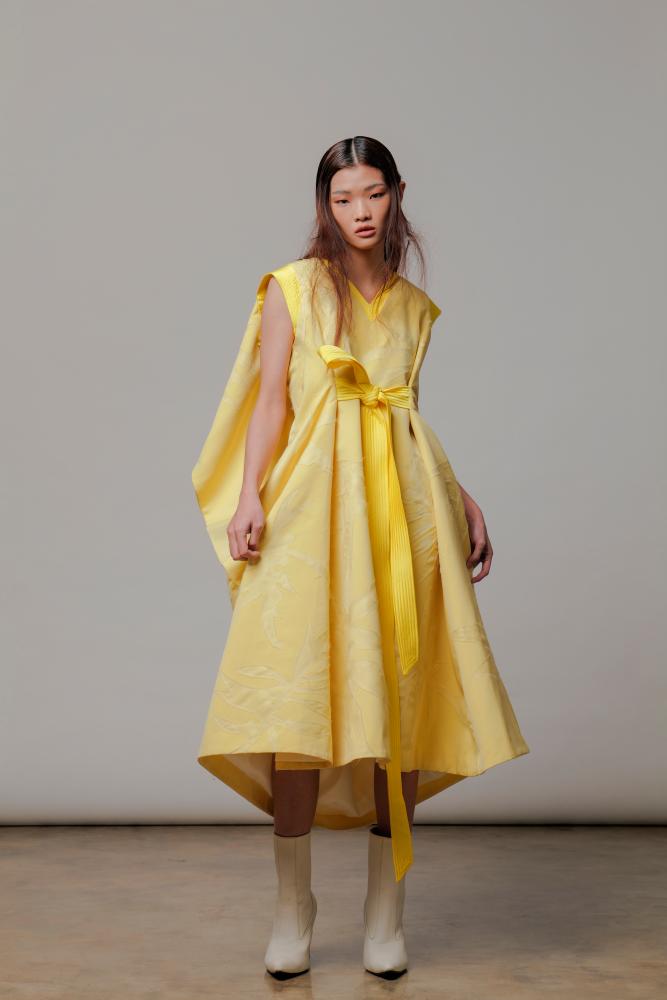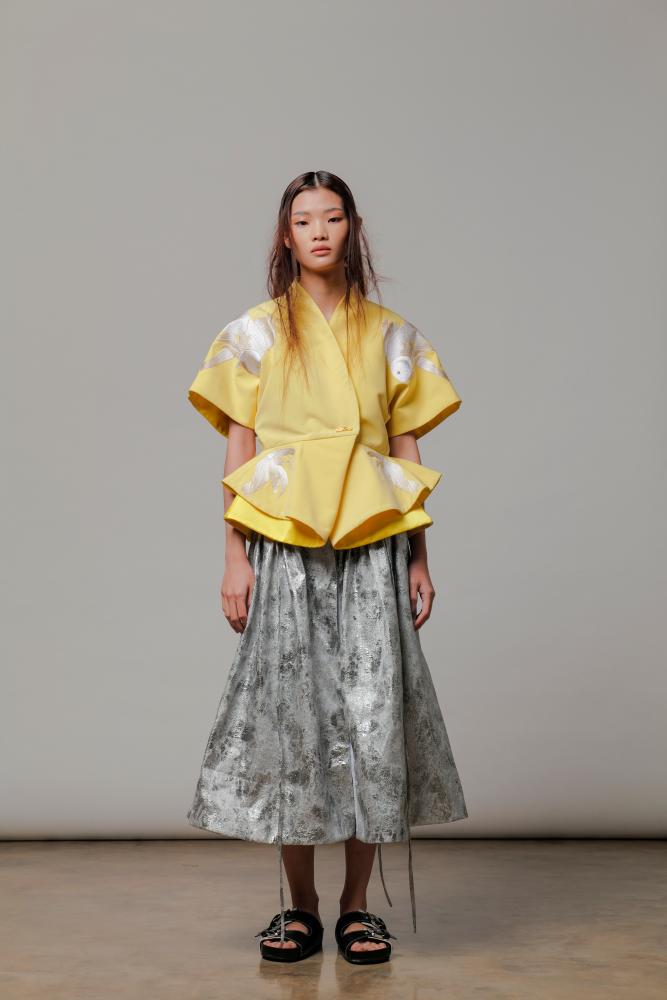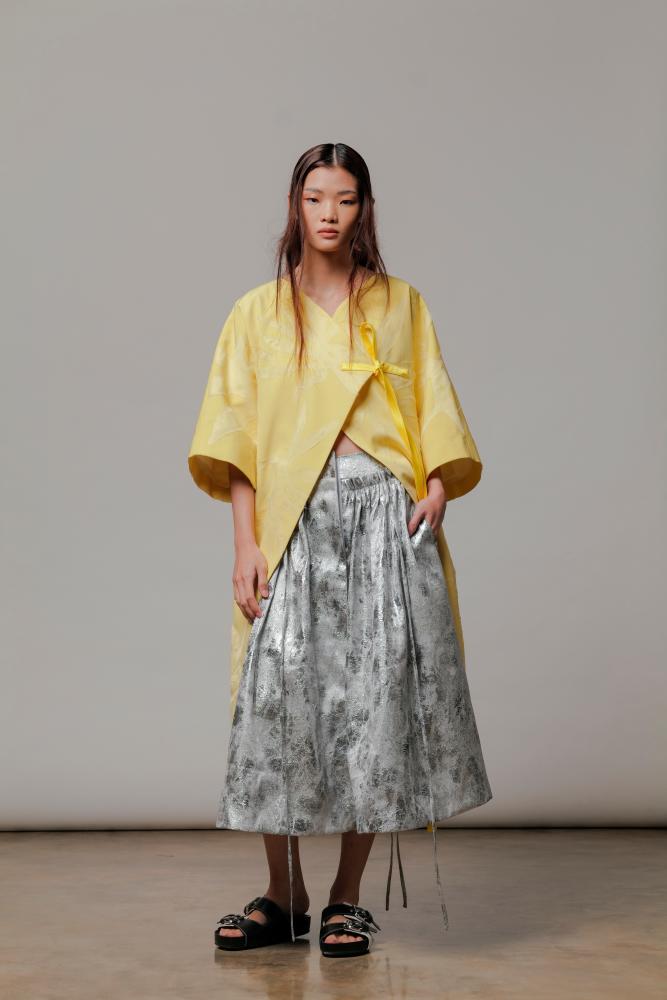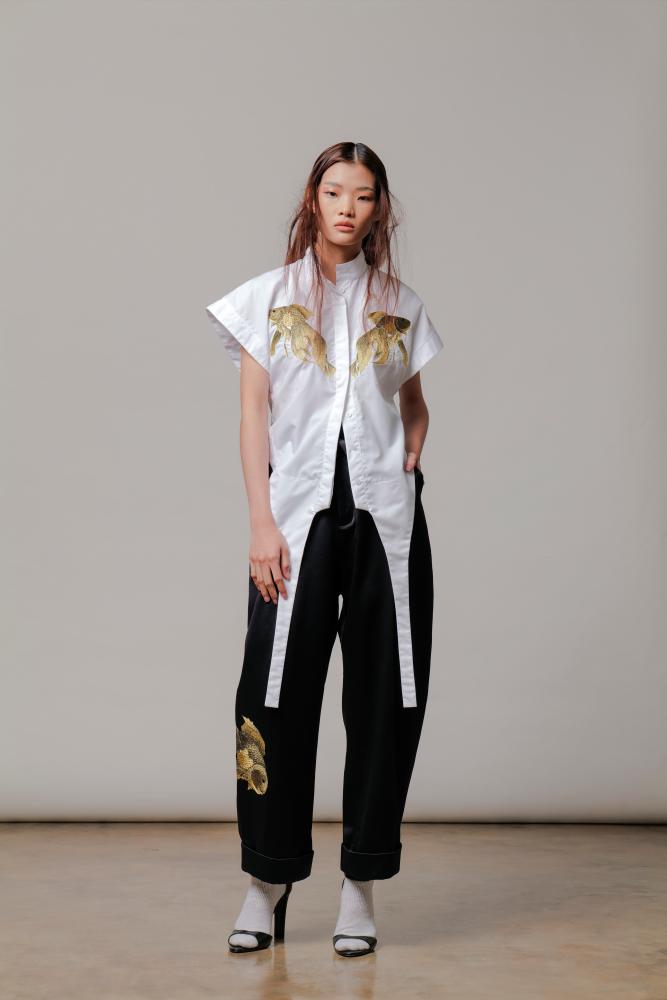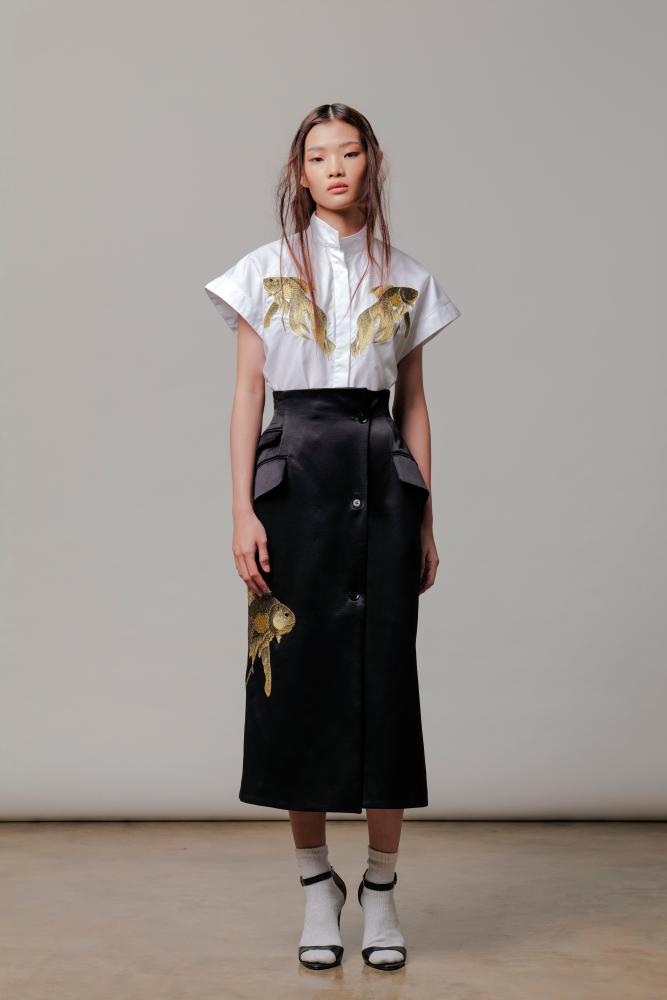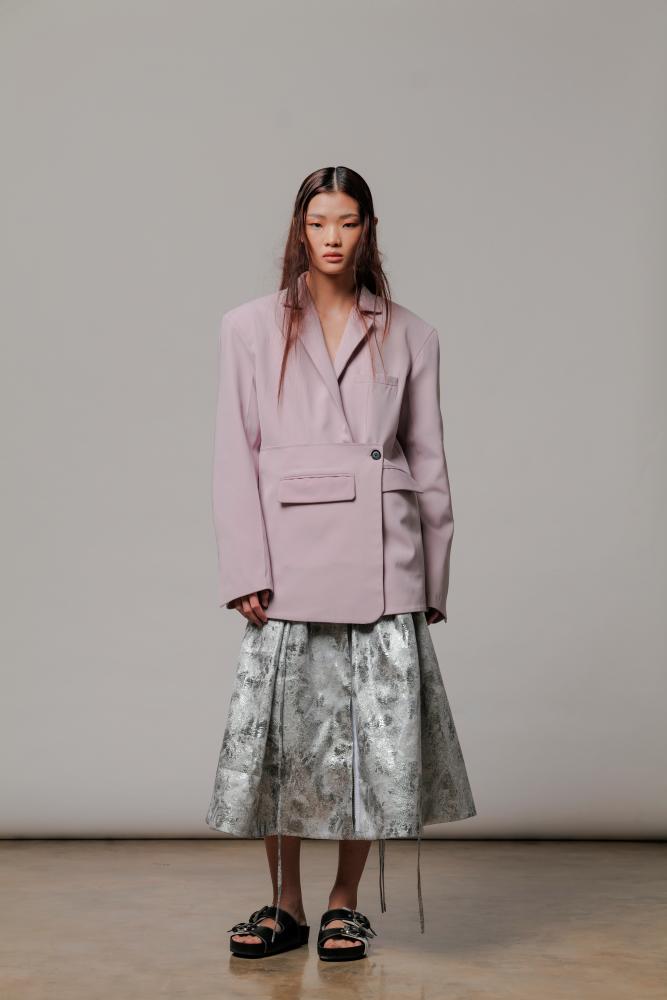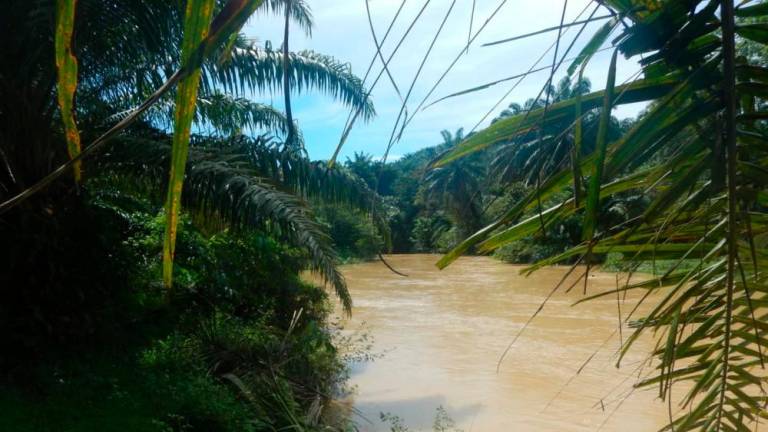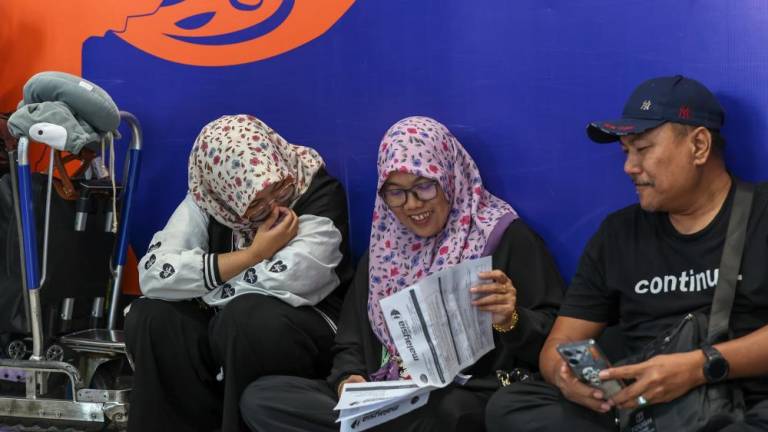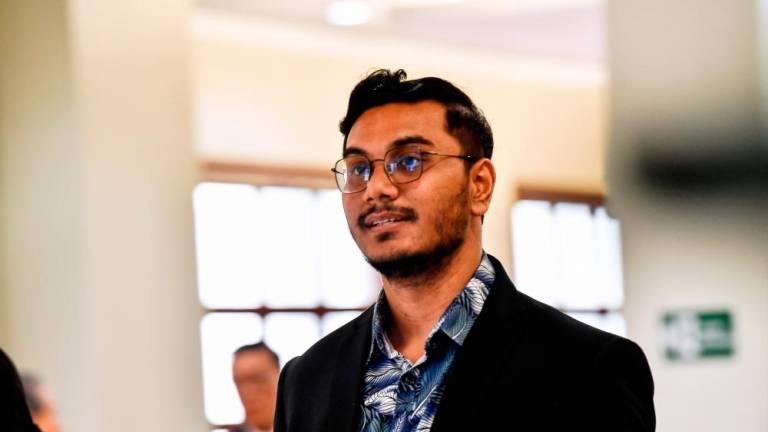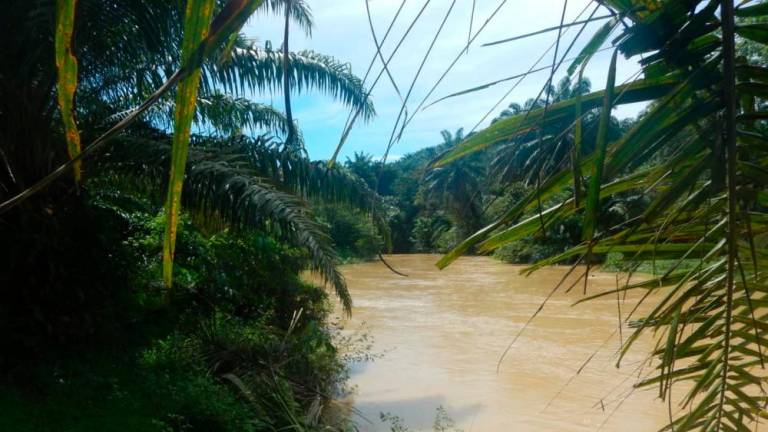SIX years and 13 collections later, Sean Sheila’s quintessential Japanese aesthetic that blends structural sophistication with the subtlety of prestige is going as strong than ever. Malaysian Sean Loh and Indonesian Sheila Agatha launched their namesake label in 2014 after graduating from Raffles Design Institute Singapore in 2011.
Their debut Autumn/Winter 2014 collection Shoko Tendo inspired by Japanese yakuza lore made its mark on the fashion scene immediately.
The brand is now known to merge Eastern heritage with silhouettes of the West to create its own creative convergence.
“I think our inspirations come naturally though we can be influenced by issues we feel deeply about,’’ Sean states. However, we do draw inspiration from traditional garments and exploration of certain crafts.’’
Sean Sheila’s latest Spring/Summer 2021 collection titled Kage (‘shadow’ in Japanese), “is in a way, a shadow of our sophomore collection in A/W 2015.”
The designer duo literally traced the silhouettes of plants, cutting and patching layers of organza to emulate their shadows.
“The collection also revisits the symbolic goldfish motif that first appeared in the A/W 2015 collection,’’ Sheila says.
“This time, we positioned the fish swimming upstream as it signifies strength in Asian culture. More importantly, the collection is particularly sentimental to us as we realised a lot of our core pieces emerged from there, and we wanted to reimagine our favourite pieces into updated classics.”
Inspired by traditional Japanese uniforms, the designers rework key pieces in contemporary shapes, using their signature fabrics of triacetate and silks, with intricate gold on black, silver on yellow embroideries add a touch of grandeur.
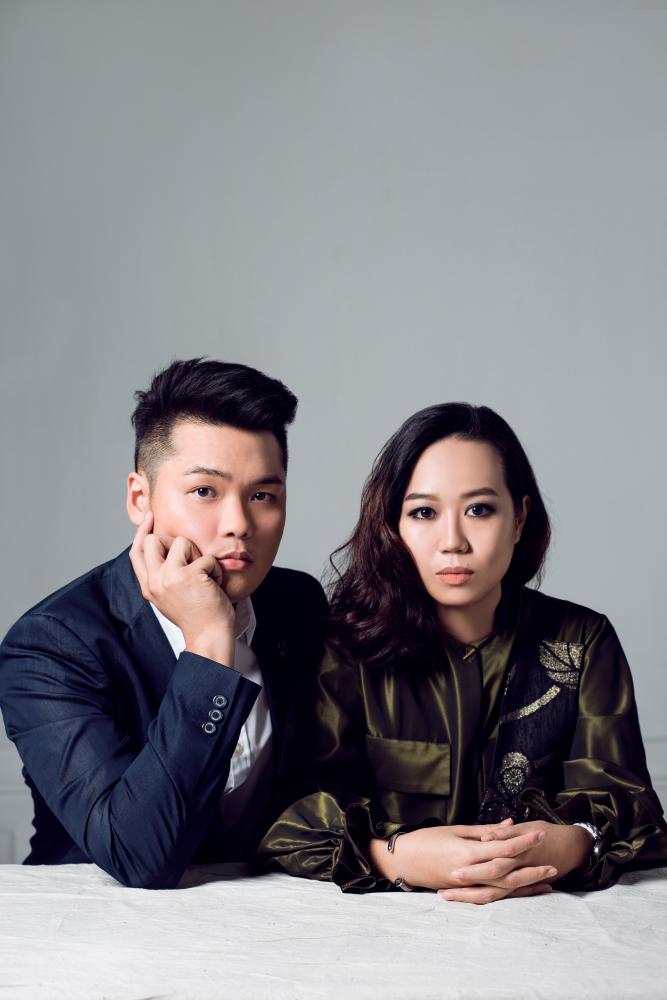
How do you personally experience fashion and in turn, consume fashion?
Sean: Sometimes when you create something really nice, it doesn’t feel you made it yourself but almost like it was given to you. We mostly choose simple but quality garments instead of fast fashion labels because we believe that buying better instead of more is the best way to fight pollution.
On the rare occasion when we shop designer labels, we tend to invest in garments that tell a story.
With two designers from two different yet similar countries at the helm, how has this intercultural pairing come into play in your creative process?
Sheila: Starting the brand right after graduating from the same class, we basically discover everything together from a design standpoint. If anything we are more affected by the production aspect of our own countries. Our design and thought process usually starts with how we can utilise technology or craftsmen present in our countries.
Do you mind sharing with us how the brand explores and supports Indonesian cultural heritage and tradition, especially local craftsmen making making the clothes.
Sheila: In our past collections we have explored Tenun (weaving) but never in traditional motifs.
We wove them into modern abstract designs instead of tribal patterns. However, in our A/W 2020 collection, we delved further into Indonesian batik and tried a contemporary approach; we smeared, glitched traditional batik motifs into computer woven jacquard and also digitally printed them on silks.
Our entire team of tailors and embroiderers comprises people with disabilities. We work closely with a school for the disabled in Central Java, which is why our studio is located in a rural area in Indonesia. We believe in supporting the welfare of the local community; therefore, we hire the graduates that have learned basic sewing skills and train them for another three to four years to teach them how to cut, sew and embroider luxury garments.
How do you fuse tradition and modernity together, and be aesthetically sensitive?
Sean: Breaking the rules but keeping the tradition has always been the core of our design process. We usually work with traditional techniques but try to deconstruct to create something new and interesting at the same time approachable.
We do think that the importance lies in our research while paying heed to tradition
How do you think that the fashion industry at large will change post-pandemic?
Sean: The pandemic has propelled our industry into the future faster than we expected but urgently needed and because of such radical change, it’s difficult for some of us that are so used to the old system. However, we believe that the most important development going forward is the obligation for all brands to be environmentally conscious and transparent in the process.
What does the role of a fashion designer mean to you in today’s context?
Sheila: We think that our role as designers is to educate our customers on the development of textiles and garments at the same time, pushing for new ideas and styles. In the process, we are also educating ourselves on how to produce clothing as ethically as possible and be transparent about it, and create quality clothing that can last a lifetime.



